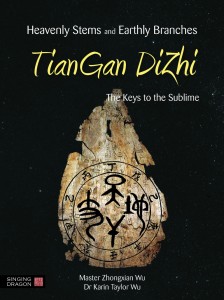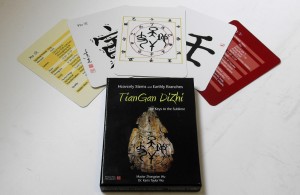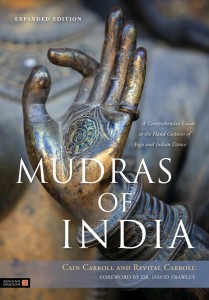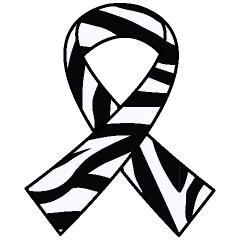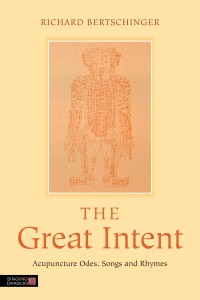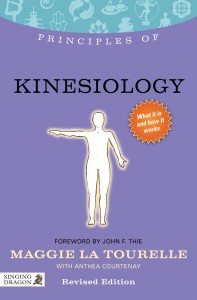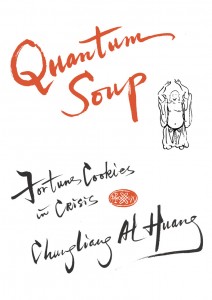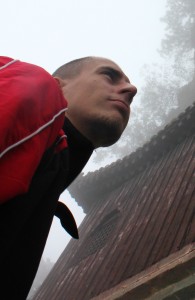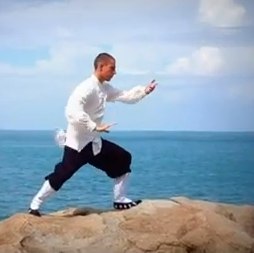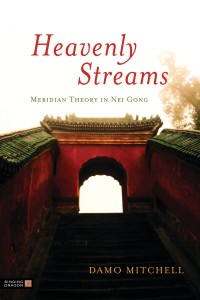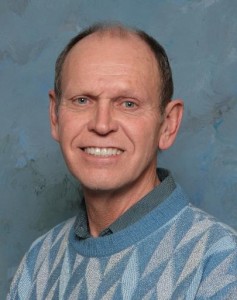 Ida Rolf, founder of Structural Integration work, and the grandmother to many of us in bodywork fields, is reputed to have said ‘Strength isn’t strength; flexibility is strength.’ I find this to be a profound and simple truth, and one I’ve tried to follow in my nearly 30 year bodywork career. I believe this thought holds true across disciplines, models, and techniques. It makes sense to me that any time we focus on shortening, tightening, and strengthening, we’re also creating a tension and brittleness. In other words, when we focus on creating strength and its attendant tensions, we’re actually creating a tighter system that’s more prone to injury.
Ida Rolf, founder of Structural Integration work, and the grandmother to many of us in bodywork fields, is reputed to have said ‘Strength isn’t strength; flexibility is strength.’ I find this to be a profound and simple truth, and one I’ve tried to follow in my nearly 30 year bodywork career. I believe this thought holds true across disciplines, models, and techniques. It makes sense to me that any time we focus on shortening, tightening, and strengthening, we’re also creating a tension and brittleness. In other words, when we focus on creating strength and its attendant tensions, we’re actually creating a tighter system that’s more prone to injury.
Recent research has shown that static stretches actually produce more injuries than they prevent; most athletes have realized that gentle moving stretches are more effective. Yogis have known this truth for years. Yet many Pilates instructors, for example, still toss around the term ‘core strength’, and many people have strength as their goal when stretching and training. They believe the ultimate goal is to create a tension and strength at the core line, when actually, a softness and resilience suggests a body that’s more ready to move in any direction, quickly and enthusiastically. I believe it was Alan Watts who coined the term ‘dynamic instability’. I like that term, which suggests to me that each of us has the ability to operate from a resilient core that can quickly move into any direction we’d like, more quickly and more happily. I’d like to invite everyone to revisit their goals and work to achieve ‘core resiliency’ instead of this core strength.
Let me get on my personal bandwagon for a moment also, to further challenge us all: many of us have got into our ‘helping’ professions because the specific technique we practice has helped us tremendously in our own bodies and with our own problems. This makes perfect sense; why shouldn’t we decide to share with others what works well for us? However, I’ve seen plenty of yoga instructors with chronic conditions they can’t seem to work through; I’ve seen Pilates instructors who have strong cores, no flexibility, and lots of pain, and I’ve seen deep tissue bodyworkers who clearly don’t know how to accept deep touch. If you are going to share expertise with others, please, please spend time working to create a greater awareness in your own body, and remember to let your journey be an exploration instead of an achievement. Turning a task into an achievement sets one up for being a failure or a success instead of an individual on a journey; turning a task into an exploration ensures that one can take what one is given without a need for turning up the pressure on self to achieve more. Be satisfied with your progress and your process, instead of believing that you must always do and be more! When we are satisfied with our own progress, we don’t have to push our clients as hard to achieve.
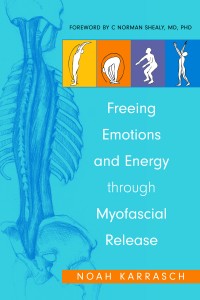 Currently I’m quite interested in the polyvagal theory, coming to us from PhD Stephen Porges from Illinois, USA. His theory is that the vagus nerve, which initiates in the brain stem and travels deeply through the front of the body, is both a controller of relaxation response in most of us, but also is part of the governing mechanism for the adrenal system of the body. His polyvagal term comes from the idea that most of us accept the concept of ‘fight-or-flight’ response from the adrenals, and that the vagus controls this response. He postulates, however, that there is a second, older system in the vagus nerve that is what he calls the ‘play dead’ mechanism. We might also call this the ‘freeze’ response. In other words, like many other, more primitive animals, we may have a secondary, older vagal system that encourages us to numb out, play dead, freeze or in some way dissociate from our bodymindcores when things aren’t going our way.
Currently I’m quite interested in the polyvagal theory, coming to us from PhD Stephen Porges from Illinois, USA. His theory is that the vagus nerve, which initiates in the brain stem and travels deeply through the front of the body, is both a controller of relaxation response in most of us, but also is part of the governing mechanism for the adrenal system of the body. His polyvagal term comes from the idea that most of us accept the concept of ‘fight-or-flight’ response from the adrenals, and that the vagus controls this response. He postulates, however, that there is a second, older system in the vagus nerve that is what he calls the ‘play dead’ mechanism. We might also call this the ‘freeze’ response. In other words, like many other, more primitive animals, we may have a secondary, older vagal system that encourages us to numb out, play dead, freeze or in some way dissociate from our bodymindcores when things aren’t going our way.
John Pierrakos, founder of CORE Energetics, gives us another interesting model when he suggests we are three layered beings. His CORE is the ‘center of right energy’. The second layer of the bodymindcore in CORE Energetics is the body, and the third layer is the environment. It’s Pierrakos’ contention that too many of us are using our bodies to protect our cores from our environment. Take a moment to consider this model—can you see how the softening and resilience of the core created by softening the body can bring any body to a place of greater peace, flexibility, and joy in living?
I believe I witness Porges’ ‘play dead’ response more and more, now that I’m looking for it—either in someone who chatters incessantly on the therapy couch, who stops breathing, who tolerates unbelievable amounts of pain, or even who falls asleep. I believe far too many bodyworkers (and physios, and psychotherapists!) are operating from a slightly frozen place in themselves. How can they help clients to find and resolve core issues, when in actuality, they’re still interested in tightening and strengthening cores? How can one find and resolve the core issues if one is defended at the sleeve and trying to create strength at the core? We must fearlessly, yet enthusiastically, look to soften the blocks that begin at the sleeve, access and soften the core, and learn to be new animals coming from a new outlook of dynamic instability.
And that which we want for our clients, we must first challenge ourselves to find. The language gets in the way: we don’t have to achieve anything. We don’t have to strengthen anything. We don’t even have to change anything, except our attitudes.
Noah Karrasch trained as a rolfer in 1986 and has over the years developed his own style of work, called CORE® Fascial Release Bodywork. Located primarily in Springfield, Missouri, he also visits the UK twice yearly to teach and work. His two books are Meet Your Body geared toward helping clients find this core resilience, and Freeing Emotions and Energy Through Myofascial Release which is primarily meant to share his theories of health and well-being with practitioners. Find him on the web at www.noahkarrasch.com.
© 2013 Singing Dragon blog. All Rights Reserved


